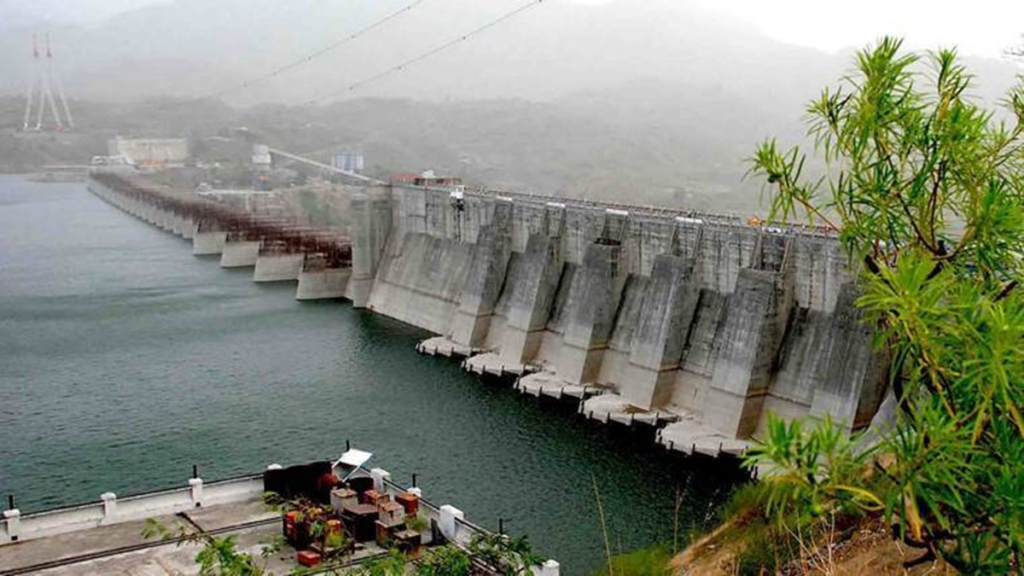Water levels in India’s reservoirs have dropped to a level 5% below last year’s record high, amid lingering concerns over heat waves in many parts of the country and monsoon rainfall being seen to be just about the normal level.
Water levels in India’s reservoirs have dropped to a level 5% below last year’s record high, amid lingering concerns over heat waves in many parts of the country and monsoon rainfall being seen to be just about the normal level. However, no large impact of this on the summer crops is likely, as the stored water is still much above the 10-year average, and is seen to be sufficient to irrigate the rain-fed swathes of agriculturally important regions. However, if the monsoon turns out to be below average, as predicted by private forecaster Skymet, the eastern region could face water scarcity and crop damage.
According to Central Water Commission data, the water level of the country’s 143 reservoirs stood at 66.88 billion cubic metres (bcm) on Thursday, which is 38% of their combined capacity. A year ago, the water available in these reservoirs was 70.30 bcm, and the average of the last 10 years was 55.96 bcm. “Current water level of reservoirs was 95% of the live storage of the corresponding period of last year and 120% of the storage of the average of the last 10 years,” the CWC stated.

Of the reservoirs whose water levels are monitored by the CWC, 112 are located in the west, central and southern regions.
However, water levels in major dams in the eastern regions, especially in West Bengal, Bihar, Jharkhand and Odisha, have dropped below last year’s as well as the last 10-year-average level. In these states, a large segment of the crop area is still rain-fed.
Water levels in India’s reservoirs have dropped to a level 5% below last year’s record high, amid lingering concerns over heat waves in many parts of the country and monsoon rainfall being seen to be just about the normal level. However, no large impact of this on the summer crops is likely, as the stored water is still much above the 10-year average, and is seen to be sufficient to irrigate the rain-fed swathes of agriculturally important regions. However, if the monsoon turns out to be below average, as predicted by private forecaster Skymet, the eastern region could face water scarcity and crop damage.
According to Central Water Commission data, the water level of the country’s 143 reservoirs stood at 66.88 billion cubic metres (bcm) on Thursday, which is 38% of their combined capacity. A year ago, the water available in these reservoirs was 70.30 bcm, and the average of the last 10 years was 55.96 bcm. “Current water level of reservoirs was 95% of the live storage of the corresponding period of last year and 120% of the storage of the average of the last 10 years,” the CWC stated.

Of the reservoirs whose water levels are monitored by the CWC, 112 are located in the west, central and southern regions.
However, water levels in major dams in the eastern regions, especially in West Bengal, Bihar, Jharkhand and Odisha, have dropped below last year’s as well as the last 10-year-average level. In these states, a large segment of the crop area is still rain-fed.

Source:financialexpress.com


